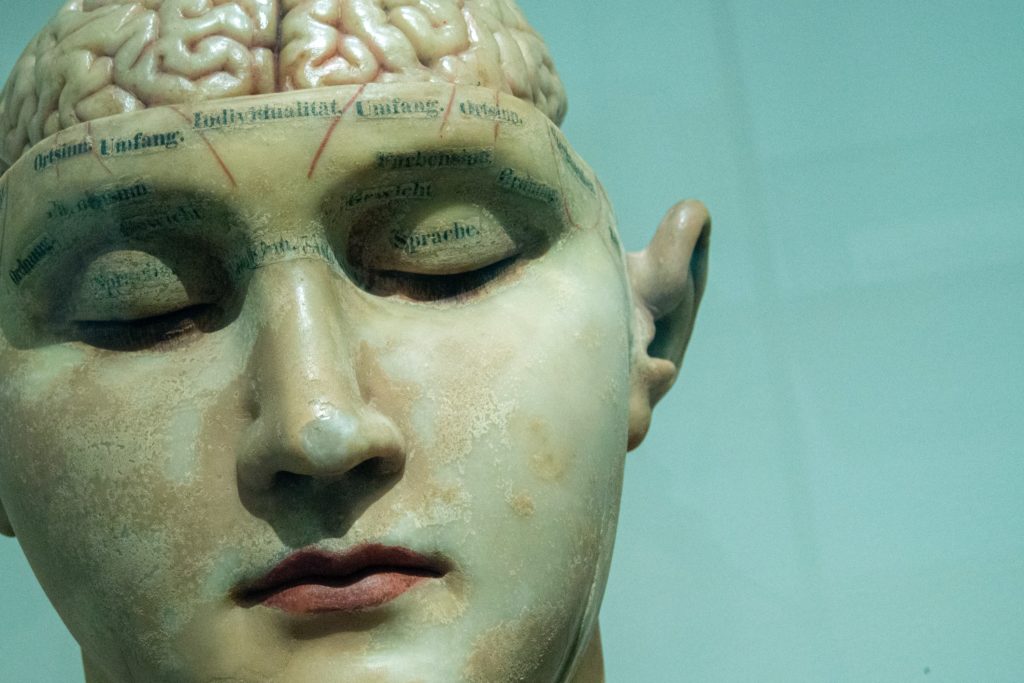Due to impact in the brain, a baby may be born with varied forms of Cerebral Palsy: Spastic (stiff muscles); Dyskinetic (with involuntary movements); Ataxic (poor coordination, balance and movements) or a Mixed presentation of symptoms. It different presentations are due to the areas in the brain that are involved.
As a result, eating and drinking could be affected in different levels of efficiency. Some people eat and drink safely and efficiently and can bite and chew hard pieces of food without a risk of choking. Others may eat and drink safely, but have some limitations to efficiency, while others have significant limitations to safety or even may be unable to eat or drink safely and have to consider tube feeding for sufficient nutrition. When there are increased athetoid movements for example, energy is used faster and more regular intake may assist to stay well.
Speech is affected in different ways, depending on how much speech muscles are affected. Some adults may have had therapy when they were young, where others have not had the privilege for various reasons. Research has found in the past few years that our brains have a wonderful attribute called neuroplasticity. This means that even though a certain pathway is damaged or not well established, a new pathway can still be rerouted around that affected area to create speech movements that are improved. However, as an adult, it may mean dedication to the purpose. To assist you with this, is a dedicated therapist at The-Speech-Therapist.
After an assessment, a treatment plan will consist of tailored exercises to the person’s specific difficulties with communication or swallowing, depending on what a client wants to achieve. It may take a long time to see change in muscle strength, but another option is to use an assistive device (AAC or Augmentative Assisted Communication) for communication purposes. This may be a daunting task if you do not have the help of a therapist.

Need more information on AAC?
In New Zealand a company called TalkLink can assist with the assessment of suitable devices that may be used with a person with communication difficulties that cannot be rehabilitated. In this case devices are used to communicate with, i.e.